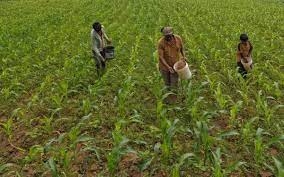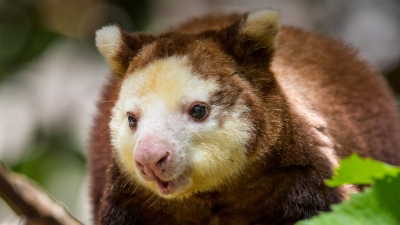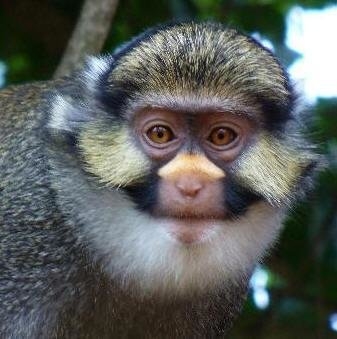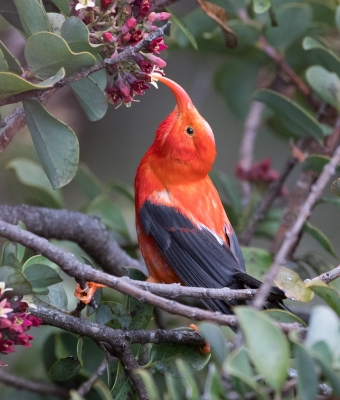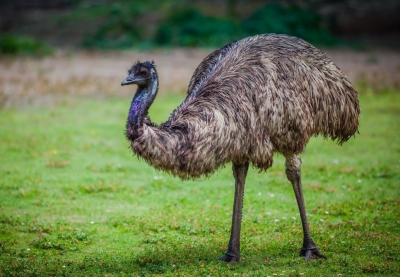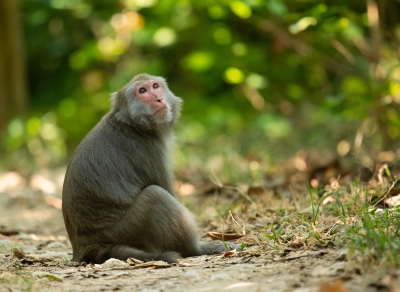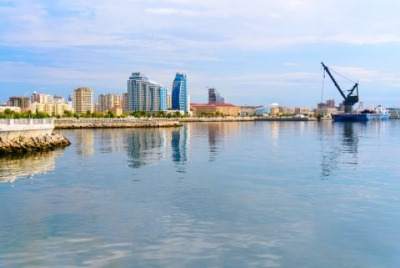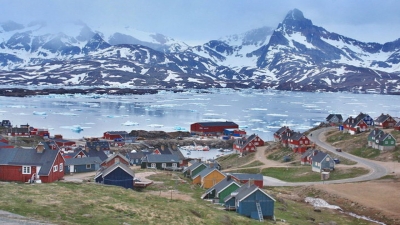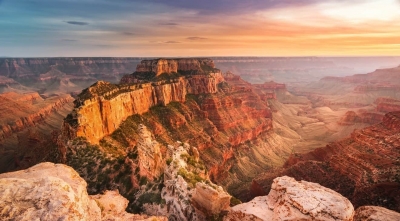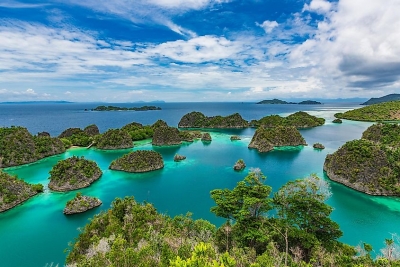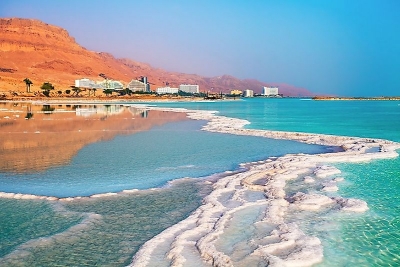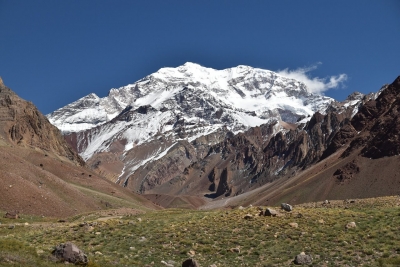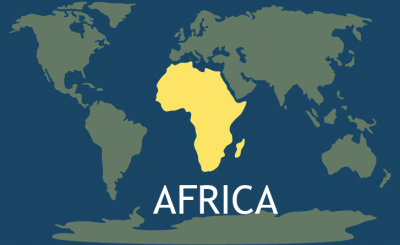Era of Leaded Petrol finally comes to an end around the world

The world has officially eradicated leaded fuel, when Algeria, - the last country to use the fuel-exhausted its supplies in July. This means, it's no longer sold for cars and lorries anywhere in the world. The UN Environment Programme (UNEP), which campaigned for the phasing out of the fuel called the news a landmark win in the fight for cleaner air. It will prevent more than 1.2 million premature deaths, the UNEP said. What's wrong with leaded fuel? Let's find out
The use of lead in fuel goes back to the 1920s, when Tetraethyl Lead (TEL) was added to petrol to improve fuel combustion Industries rushed to adopt the cheaper technology, despite its grave implications for health and the environment. Concerns over the toxic effects of lead were raised as early as 1924. However, the warnings were ignored. In less than 50 years almost all petrol produced around the world contained lead.
Health impact
Tetraethyl Lead is highly toxic with as little as 6-15ml being enough to induce severe lead poisoning Studies have linked the leaded petrol to premature deaths, heart disease, stroke and cancer. It also affects the development of the human brain, especially harming children, with studies suggesting it reduced 5-10 10 points. Leaded fuel also causes soil and air pollution.
The UNEP Campaign
Recognising lead's detrimental impacts, many countries began phasing out and eventually banning TEL in automotive fuel in the 1970s, India banned leaded petrol in 2000. But the situation in lower-income nations remained dire.
In 2002, a UNEP-led campaign, called Partnership for Clean Fuels and vehicles was kickstarted. Its goal was to stamp out leaded petrol. Its efforts paid off when the rest of the world slowly began to phase out the fuel. Iraq. Yemen and Algeria were the last three nations to end their reliance on the pollutant.
It's not over
Though the sale of leaded gasoline for cars has come to an end, the aviation industry still uses leaded fuel for small airplanes. Moreover, lead does not biodegrade or disappear at once. It can remain in soils for thousands of years, from where it can be blown back into the atmosphere. Even low-level exposure to lead can affect the brain and the neurological development in children. Hence, we have a long way to go before completely getting rid of the toxic metal.
Picture Credit : Google
